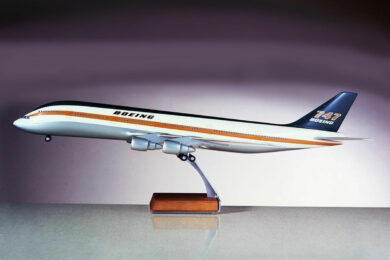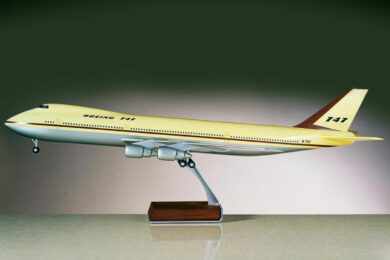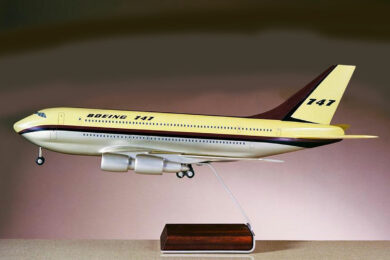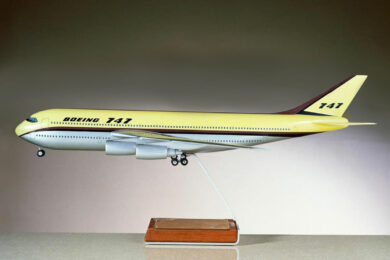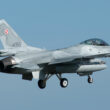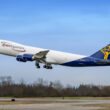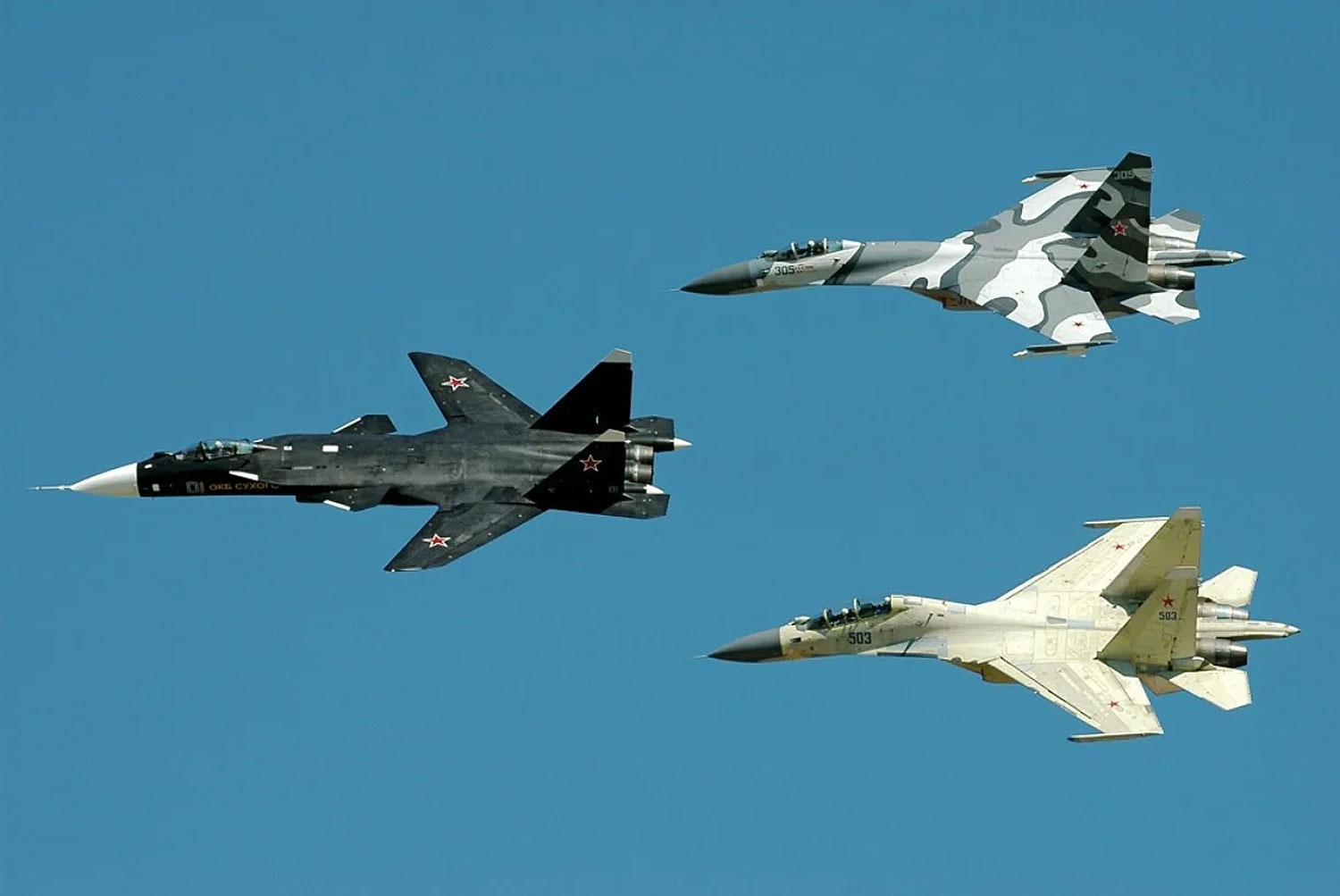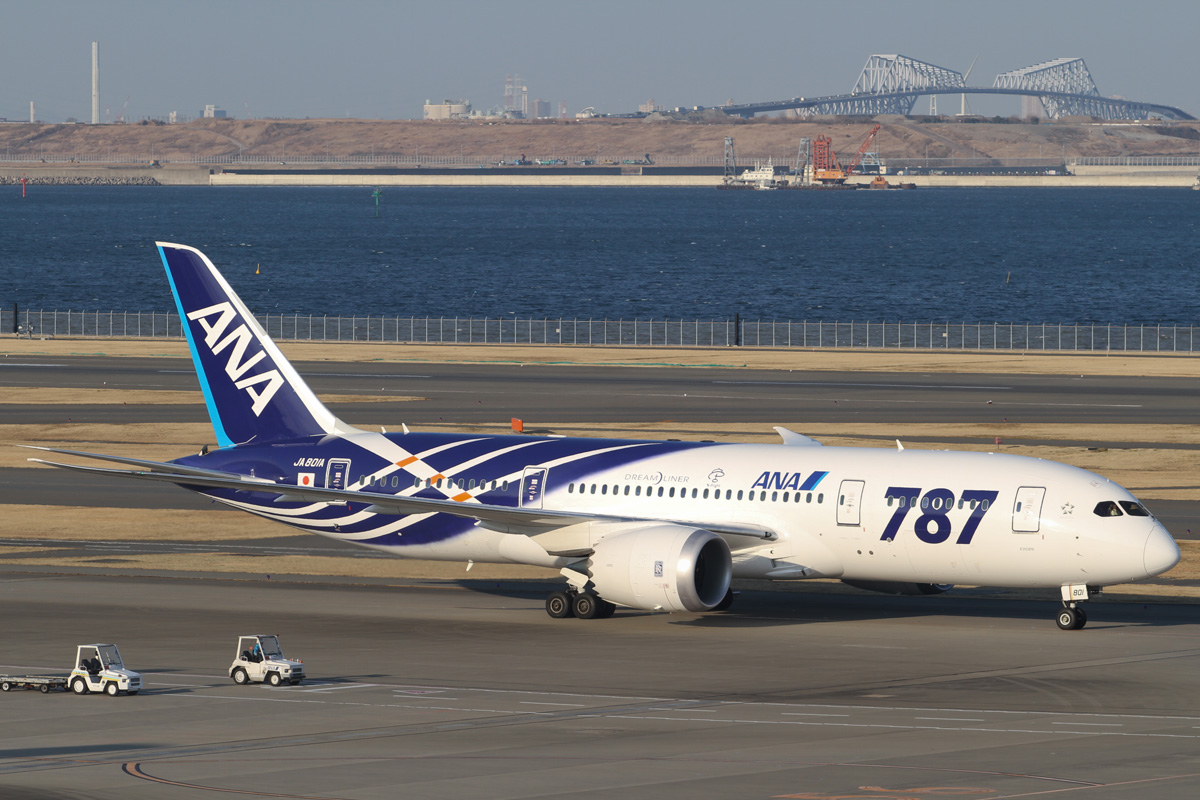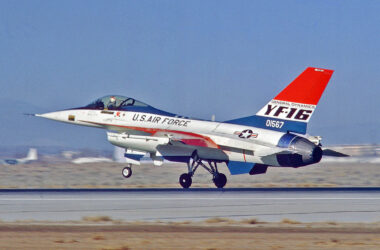Boeing is ending production of the 747 after 53 years with the delivery of the final aircraft to Atlas Air, a 747-8F freighter variant.
Despite this, the iconic and unmistakable look of the wide-body aircraft will nevertheless continue to be seen at many airports around the world.
But it could have been different. Boeing had other projects with proposals capable of carrying hundreds of passengers.
Follow ADN: Facebook | Twitter
However, none of them seemed to share the slightest bit of beauty and functionality of the design chosen by John Sutter, the chief designer who led the development of the 747 with the famous hump that so marked it.
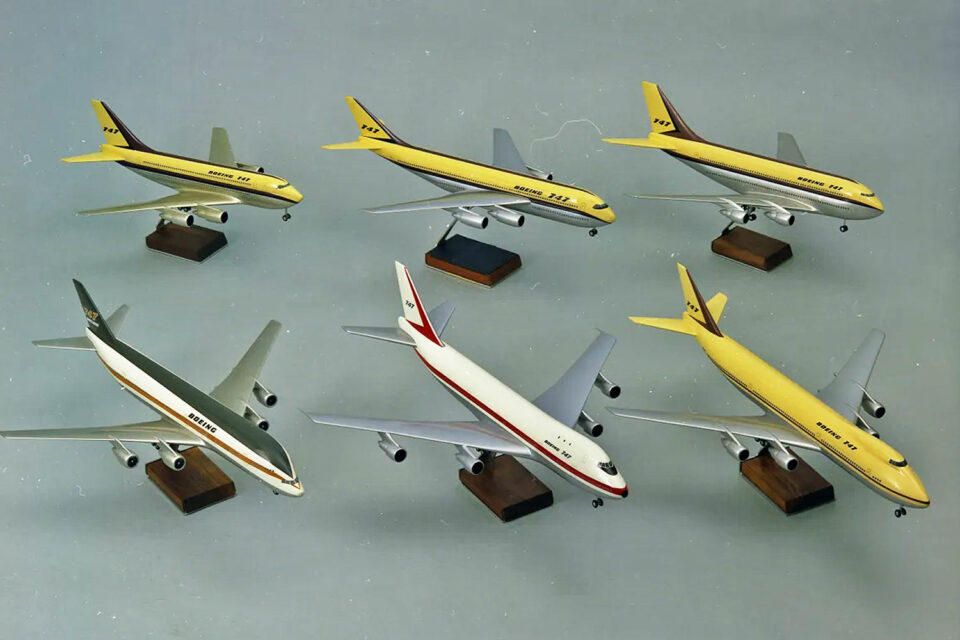
In fact, a lot changed between the idea of launching an aircraft capable of carrying about 400 passengers and the CX-HLS project in 1965 (with which Boeing competed with Lockheed and McDonnell Douglas for an order from the US Air Force).
Initially, the planemaker intended to have a civilian variant of the massive high-wing freighter, but the project soon proved unfeasible.
Although some concepts remained, such as the installation of a front cargo door and the use of the then new high-bypass ratio engines, Boeing tried to find the best compromise between high passenger capacity and important features such as enabling an efficient evacuation in case of of emergency.
Double decks was the initial proposal
Long before Airbus decided to launch the A380 and its double-deck fuselage, Boeing studied the configuration in several concepts with more compact dimensions.
Two of them placed the cockpit on the upper deck, with a shorter fuselage and low wings. Another variation had more swept stabilizers and wings positioned at half height.
The cabin width could be between six and eight seats per row, but in common they proved unable to offer a safe evacuation.
A fourth layout dispensed with a second deck but positioned the flight deck below the main cabin floor, a design vaguely reminiscent of the Airbus Beluga.
The fifth concept was closer to the chosen design, with an alternative, narrower hump, intended only for the cockpit. All these designs had in common wings with engines installed on struts closer to each other.
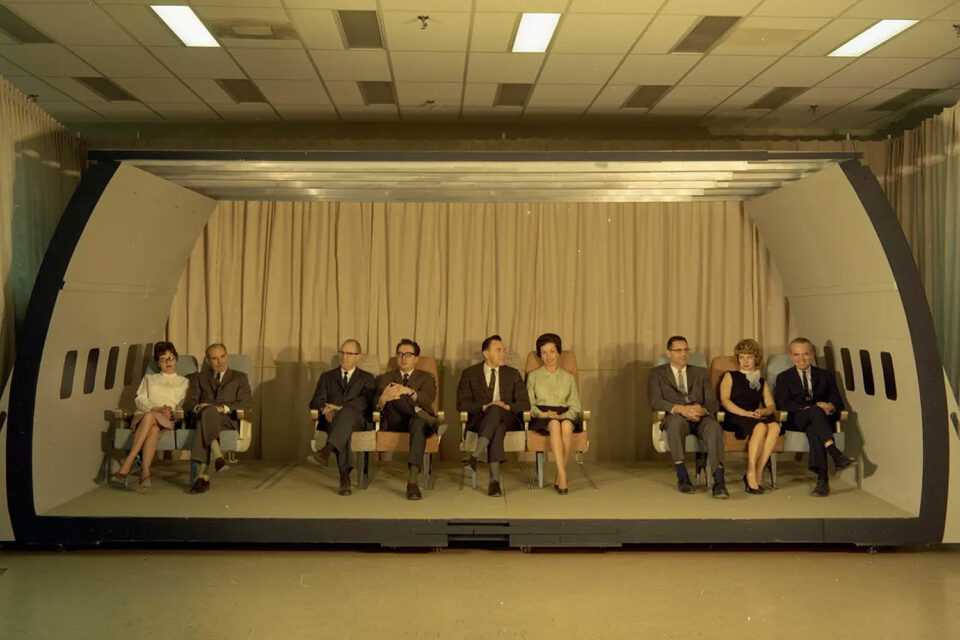
Passenger and cargo plane
Sutter, however, believed that the 747 should be as good a passenger plane as it was a cargo plane. Coming from the 737 project, then a bet by Boeing to compete with propeller planes, the 44-year-old chief engineer was skeptical of the double-deck designs, then preferred by potential customers such as Pan Am (which ended up being the launch customer of the jet).
Instead, his team designed a fuselage wide enough to accommodate up to 10 seats per row on a single deck.
The air cargo market then contributed to the emergence of its best known feature, the hump. Instead of a wide side cargo door, Boeing opted for a front entry, moving the cockpit upwards.
“For aerodynamic reasons, a fairing was added after the flight deck, giving the 747 its famous hump,” wrote Sutter in the book “747”.
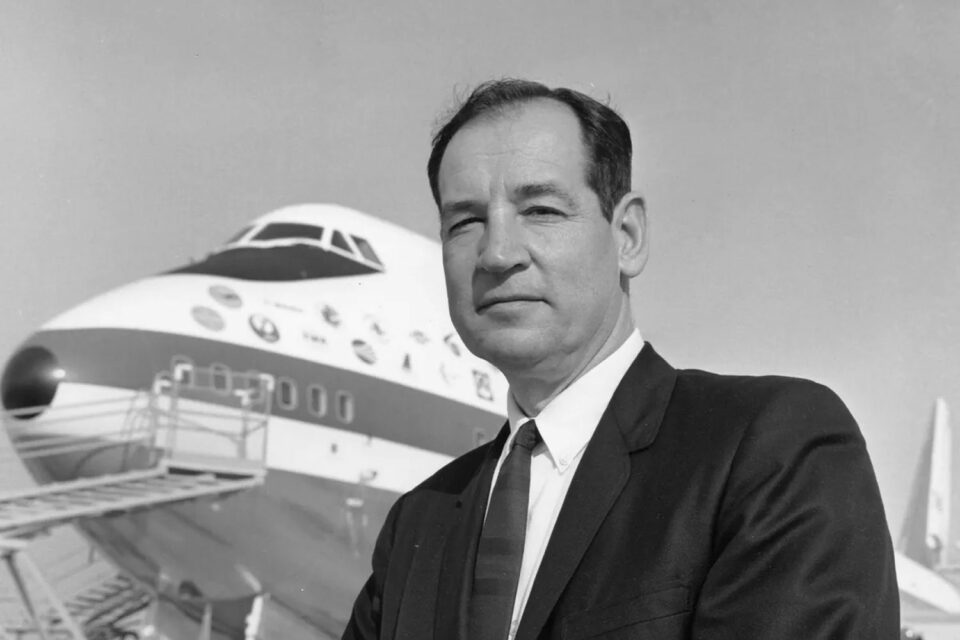
The project ended up making the job simpler as the configuration was considered more manageable. The next and perhaps most difficult step was to convince Juan Trippe, the all-powerful president of Pan Am, that the giant plane he wanted would no longer have two decks.
According to Sutter, the solution to impress Trippe was to show him that the cabin of the 747 would be the same size as the meeting room where the presentation was made, about 20 feet wide, more than twice the size of the 707 jets and DC-8, then the most capable of the time.
Stunned, Trippe agreed to the 747 as we know it today. To the satisfaction of millions of people thereafter.


